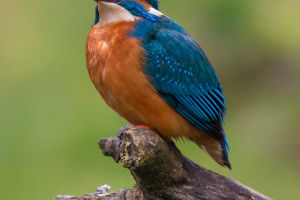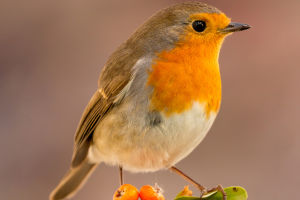The African leopard belongs to the subspecies and can run very fast, reaching speeds of 70 kilometers per hour.
Their muscles are very developed and explosive. They are mostly found in Africa and prefer to live in small groups with their partners and children.
The African leopard is able to reach a shoulder height of 70cm, a tail length of 90cm and an overall weight of 90kg. The entire body is very well-proportioned and the limbs are long. Whether it is vision or hearing and sense of smell are very well developed, belong to the canine class of animals and also very well developed.
The fur of the African leopard is very soft and has a pattern on it. The front feet have five toes and the back feet have four toes, and the claws are very sharp and can be retracted. The head is small and the rounded ears are short, with a black color behind the ears.
The African leopard possesses distinctive and striking features that contribute to its captivating appearance. The iris of this majestic animal is a vivid yellow, and its pupil has the unique ability to contract to a round shape when exposed to sunlight, enhancing its vision and adaptability in various lighting conditions.
In darkness, the pupils exhibit a glowing quality, a characteristic that adds to the leopard's mystique. Small spots adorn the area above its mouth, as well as its forehead and around the eyes, adding to its intricate and beautiful pattern.
The leopard's fur is notably vibrant, predominantly showcasing a rich yellow hue, which serves as a backdrop for the iconic rosettes and spots that make this creature one of the most recognizable and admired in the wild.
African leopards are often nocturnal. Where food is abundant, their range is more fixed. When food is scarce, they wander for dozens of kilometers in search of food. Males have a larger domain than females. During the day, they lurk and sleep in dens or bushes.
During the day, it is difficult to detect its presence even from a few meters away. In the evening, it comes out to roam for food and does not rest until dawn. African leopards have their own unique method of hunting. They can burst into a very fast speed in a short period of time.
When it has exhausted its food, it pounces on its prey to the ground. It then extends its retractable claws and bites it in the throat with its teeth. Two holes will then appear in the prey's neck and the prey will die immediately.
But it doesn't always hunt successfully. The African leopard will choose prey that is easier to catch. It captures prey by peeking and camouflaging, catching it as quickly and silently as possible. It prefers to use trees or termite mounds to find vantage points for itself, to observe and plan strategies.
They are intuitive killers. As soon as there is movement, they will immediately start detecting. They hunt for monkeys, snakes, goats and sheep. When they eat, they first use their teeth to peel away the skin and crush the bones. To ease the burden of going up the tree, it first eats a third of the prey and then drags it up the tree.
Once in the tree, it also keeps a high level of vigilance.
Leopards are indeed exemplary hunters, known for their agility, speed, and versatility. Their ability to run swiftly, combined with their capacity to swim and climb trees, sets them apart in the animal kingdom. Unlike many other big cats, leopards possess a heightened sense of smell, hearing, and vision, which, when paired with their exceptional intelligence and stealth, makes them formidable predators. These attributes allow them to succeed in hunts where larger cats like tigers and lions may not be as effective, especially in dense forests or rocky terrains.
Furthermore, leopards exhibit an extraordinary ability to adapt to various habitats, a trait that is relatively rare among large felines. They can thrive in environments ranging from dense forests and savannas to mountains and deserts. This adaptability has enabled them to survive in regions far beyond those of many other big cat species. Their solitary nature and adaptability have made them one of the most widespread of the big cats, highlighting their remarkable ability to adjust and flourish in a wide array of environmental conditions.


